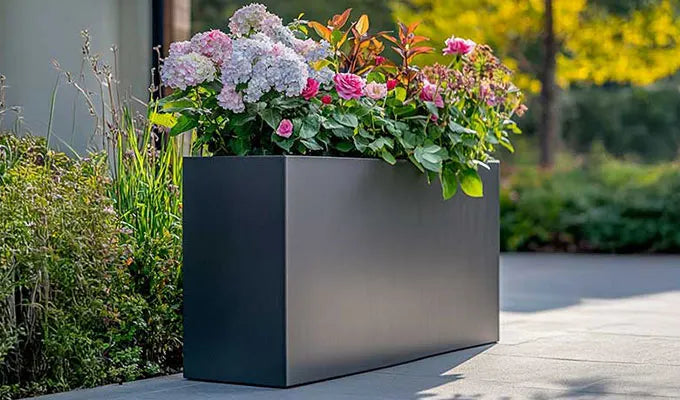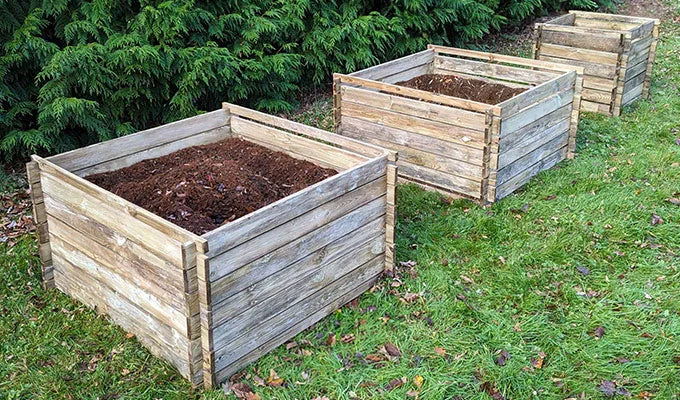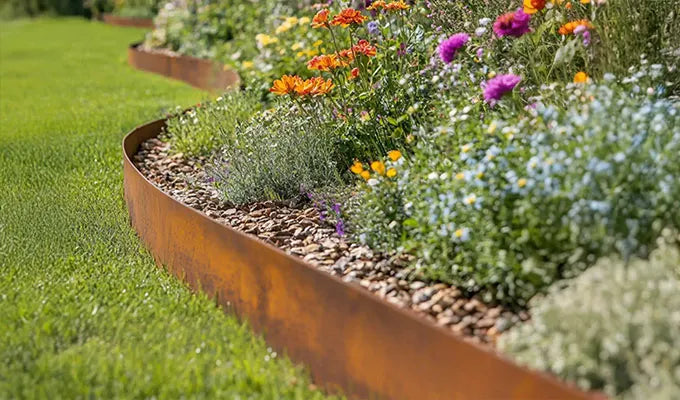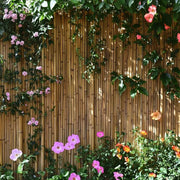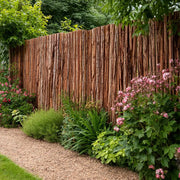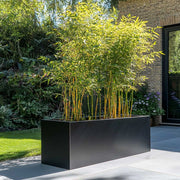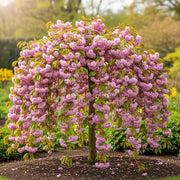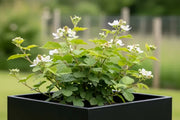The Ornamental Pear: Beauty, Benefits, and Banes
Ornamental Pear trees, primarily varieties of Pyrus calleryana and its cultivars, have become a popular fixture in gardens and urban landscapes across the United Kingdom. Their elegant form and year-round appeal make them a strong contender for anyone seeking a resilient and attractive tree.
The allure of the Ornamental Pear begins in early spring, often before many other trees have stirred. A profusion of small, star-like white blossoms erupts along the branches, creating a stunning visual display akin to freshly fallen snow. This floral spectacle is short-lived but intensely beautiful. As spring progresses, the glossy green leaves unfurl, providing a dense, attractive canopy throughout the summer months. It is in autumn, however, that many cultivars truly shine, transforming into a vibrant kaleidoscope of reds, oranges, and purples, often rivalling the most flamboyant maples. Even in winter, their sturdy, often pyramidal or columnar structure adds architectural interest to the dormant garden.
Beyond their undeniable aesthetic charm, Ornamental Pears offer several practical advantages for the English gardener. They are remarkably hardy and tolerant of a wide range of soil conditions, including clay, and can cope well with urban pollution and exposed sites, making them ideal for city streets and challenging garden spots. Their relatively fast growth rate means they establish quickly, and many cultivars maintain a neat, manageable size and shape, requiring minimal formative pruning. They are also generally low-maintenance once established, proving resilient to most common pests and diseases prevalent in the UK.
Despite their many virtues, Ornamental Pears are not without their drawbacks. Some species and older cultivars of Pyrus calleryana have shown signs of becoming invasive in certain climates, out-competing native vegetation. While this is less of a widespread issue in the UK compared to warmer regions, it's something to be mindful of, and selecting sterile or less aggressive cultivars is recommended. Another consideration is the fruit; while small and usually inedible for humans, it can be messy when it drops, particularly on pavements or patios. Furthermore, while generally robust, they can be susceptible to specific pear diseases like fire blight in some conditions, though modern cultivars often exhibit improved resistance.
Ornamental Pears thrive in the British climate, adapting well to our temperate conditions. They prefer a position in full sun or partial shade and tolerate most well-drained soils. For best results, choose a sheltered spot away from strong, drying winds, especially when young. Their adaptability means they are suitable for a range of landscape uses, from avenue planting in parks and public spaces to specimen trees in smaller suburban gardens. Their upright or columnar forms are particularly valued for narrower plots or as elegant screening.
For those with limited ground space, several compact or columnar cultivars of Ornamental Pear can be successfully grown in large planters or containers. When choosing a container, ensure it is substantial enough to accommodate the root ball and future growth – at least 60-75cm (24-30 inches) in diameter for a semi-mature specimen. Use a good quality, soil-based compost mixed with some grit for drainage. Container-grown trees will require more diligent watering, especially during dry spells, and regular feeding during the growing season to replenish nutrients. Repotting every few years or root pruning will be necessary to maintain health and vigour.
Planting an Ornamental Pear is straightforward. Dig a hole twice the width of the root ball and to the same depth. Gently tease out any circling roots. Place the tree in the hole, ensuring the top of the root ball is level with the soil surface. Backfill with the excavated soil, mixed with some well-rotted compost if your soil is poor. Water thoroughly and stake the tree for its first few years to ensure strong establishment. Pruning is generally minimal; focus on removing any crossing, dead, or diseased branches in late summer or early autumn. Formative pruning to maintain a desirable shape can also be done at this time.
Ornamental Pear trees typically burst into flower in early spring, usually between March and April in the UK, depending on the specific cultivar and local conditions. The small, white blossoms are often among the first tree flowers to appear. Following successful pollination, small, hard, pea-sized fruits develop. These fruits ripen in late summer to early autumn, usually August to October. While not palatable to humans, they can provide a food source for birds and often persist on the tree after the leaves have fallen, offering some winter interest.

